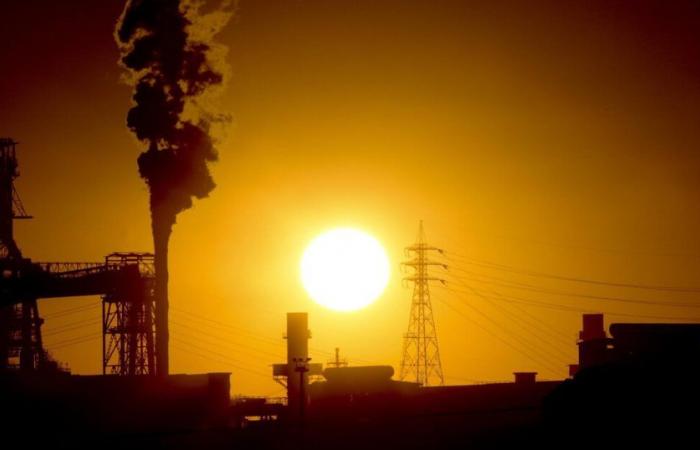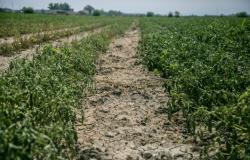During the period in which I carried out the functions of extraordinary commissioner of Ilva, I supported the need to carry out the health impact assessment for the Taranto steel plant. This is for the scenario of 6 million tonnes of annual production which would have been determined following the execution of the interventions envisaged by the Integrated Environmental Authorization (AIA).
The health risk appeared acceptable for various reasons. First of all, for the drastic percentage reductions in the production of PM2.5 and PM10 fine particles, of 39 percent and 42 percent respectively resulting from the post-operam scenario, substantially corresponding to those deemed necessary by the health damage assessment (VDS) developed in 2021 from the regional agencies of Puglia. Furthermore, the multifactorial etiology of the diseases considered in the Vds and the serious excesses of socio-economic deprivation in the Taranto area compared to the regional average suggested the decisive relevance of these different factors in the causation of diseases. The air quality detected in the city of Taranto in the last decade is also important. In fact, Arpa Puglia’s findings demonstrated a trend towards reducing pollutants in the air, even in the Tamburi district located close to the plant. Not only had the air quality limit values for all pollutants been respected for a decade, but values well below the legal limit values were also recorded, with an improving trend..
There was also a tendency towards a reduction in illnesses and deaths in the Taranto area, often caused by a long and very long latency (10, 20 and even 30 years). Previous epidemiological studies therefore appeared to be based on basic risk situations that were no longer current.. In short, the Taranto steelworks plants guaranteed, after the execution of the interventions foreseen by the AIA, the best environmental performances in a no longer critical context and there was no steelworks in Europe so equipped with all the best available technologies. The health impact assessment also appeared appropriate because the launch of this procedure would have allowed a renewed and better dialogue with the local institutions and community.
Despite these reasons, I was aware that the Health Impact Assessment (HIA), according to the current legislation, could only be presented by the tenant and manager of the plant, therefore by Acciaierie d’Italia, and not by the owner and lessor, namely by Ilva. Ilva could have been accused, at most, of a lack of collaboration in not having proposed to the manager the opportunity to present the Health Impact Assessment within the Hague renewal procedure.
From this perspective it was considered not only to propose to Acciaierie d’Italia the presentation of the health impact assessment, but to offer a ready-made Vis. We commissioned a team of experts who completed the health impact assessment in June last year. The Vis concluded in the sense that, considering both the assessments with a carcinogenic toxicological approach and those with an epidemiological approach, the health risks deriving from the exposure of the population of the Tamburi district to the emissions of the Taranto steel plant plants, for 70 years, for 365 days per year and for 24 hours a day, according to the post-operam structure of 6 million tonnes of annual steel production, they fell within a range for which no correction interventions were necessary and were therefore acceptable. Subsequently, the Vis was transmitted to Acciaierie d’Italia, authorizing it to also use it in the Aia renewal procedure. However, Acciaierie d’Italia’s response was a clear refusal.
The Court of Justice of the European Union, with its ruling a few days ago, established that the Health Impact Assessment must be carried out in the issuing procedure and in the review procedure in The Hague. Despite the bitterness of that inappropriate refusal by Acciaierie d’Italia, Vis still remains an opportunity that must be discussed calmly.. Each stakeholder must act with discernment, without forgetting that a hypothetical cessation of activity of a steel plant such as the one in Taranto would not only not be free from unwanted health effects, but, inevitably worsening the already critical situation of socio-economic deprivation, would cause health damage, and not only that, even greater.
Antonio Lupo is the former extraordinary commissioner of Ilva in Taranto






